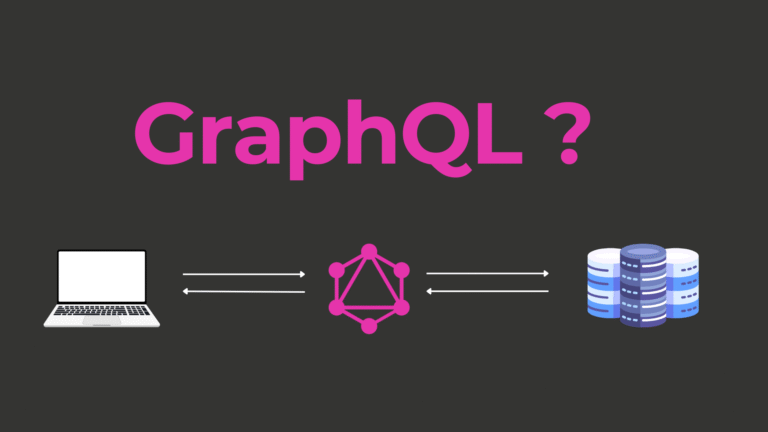Exploring Meteor.js: A Comprehensive Guide for Web Developers

Web development today is evolving at a pace that demands tools capable of enabling seamless application creation with simplicity and efficiency. Among the frameworks that have redefined how developers approach modern web projects is Meteor.js. Known for its quick learning curve and powerful integration capabilities, Meteor.js stands tall as an effective full-stack JavaScript framework aimed at building real-time applications with ease.
Whether you’re a web developer, a Node.js enthusiast, or a representative of a tech startup looking to optimize your development process, this guide will help you uncover why Meteor.js is worth your attention. From understanding its core features to steps for getting started, let’s explore what Meteor.js brings to the tech ecosystem.
What Is Meteor.js and Why It Matters in Web Development?
Meteor.js is an open-source, full-stack JavaScript framework designed to simplify the web development process. Initially released in 2012, Meteor.js has gained traction for enabling developers to create modern, real-time web applications with remarkable efficiency.
Unlike traditional methods of web app development that rely on separate back-end and front-end frameworks, Meteor.js unifies these layers, allowing developers to streamline workflows and write less code. This single-language simplicity—JavaScript—is one of its core appeals, making it an excellent choice for startups, small teams, and projects requiring quick deployment.
Meteor.js also excels in real-time updates, allowing data changes to reflect instantly across applications. This has positioned Meteor.js as a favorite for building chat apps, collaborative tools, or dashboards that demand active user engagement.
Core Features and Benefits of Meteor.js
Meteor.js comes equipped with many features that set it apart from other frameworks. Here are some of its standout capabilities:
1. Full-Stack Reactivity
Meteor.js provides seamless reactivity, meaning changes made in the database automatically update the user interface, minimizing the need for manual intervention.
2. Real-Time Data Synchronization
The built-in Data on the Wire (Ddp) protocol handles communication between the server and the client, enabling real-time communication without the need for third-party libraries.
3. JavaScript Everywhere
By leveraging JavaScript for both client-side and server-side programming, Meteor.js reduces context switching and speeds up development time.
4. Built-In Package Manager
The framework comes with an integrated packaging system called Meteor Package Manager (MPM), giving developers access to pre-built components and solutions.
5. Cross-Platform Deployment
Meteor.js supports development for web, iOS, and Android using the same codebase, making it ideal for projects requiring multi-platform compatibility.
6. Ease of Learning
With beginner-friendly documentation and a robust ecosystem, Meteor.js allows even less experienced developers to get up and running quickly.
7. Scalability
Through integration with cloud platforms and support for load balancing, Meteor.js offers scalability to handle growing user bases.
Seamless Integration with Node.js and MongoDB
One of the key strengths of Meteor.js lies in its tight integration with Node.js and MongoDB, two mainstays of modern web app development.
- Node.js serves as the backbone for Meteor.js, enabling high-performance execution of JavaScript code on the server side. By leveraging Node.js, Meteor.js achieves asynchronous functionality that’s critical for real-time scalability.
- MongoDB, a NoSQL database, complements Meteor.js perfectly with its JSON-based document structure. This synergy allows Meteor.js to seamlessly handle database operations while maintaining its reactive paradigm.
Additionally, developers can use the `npm` ecosystem to extend Meteor.js capabilities by incorporating popular libraries, ensuring flexibility for different project needs.
Real-World Applications of Meteor.js
Meteor.js has powered a variety of innovative projects and startups. Some notable examples include:
- Gravit – This startup leveraged Meteor.js to create collaborative design tools with real-time functionality.
- Telescope – An open-source, real-time community-driven platform was built and launched using Meteor.js.
- Workpop – Utilizing Meteor.js, this platform simplified recruitment for small businesses with lightning-fast interactions and updates.
These success stories illustrate the practical power and flexibility of Meteor.js in creating innovative applications.
Step-by-Step Guide to Getting Started with Meteor.js
Are you ready to try Meteor.js? Here’s how to get started:
Step 1: Install Meteor.js
First, install Meteor.js on your development machine. Open a terminal and run the following command:
curl https://install.meteor.com/ | sh
Step 2: Create a New Meteor Application
Create a new app using:
meteor create your-app-name
cd your-app-name
Step 3: Run Your Application
To run your application, simply use:
meteor
Visit `http://localhost:3000` in your browser to see your first Meteor app in action.
Step 4: Customize Your App
Get hands-on by adding templates, databases, or routing functionality. You can use MongoDB commands or additional Meteor packages for this step.
Step 5: Use npm Libraries
Extend functionality by installing npm packages:
meteor npm install package-name
Step 6: Deploy
Once you’re satisfied with your app, deploy it using services like Meteor Galaxy or other hosting providers.
Best Practices to Optimize Meteor.js Applications
To ensure high performance and scalability, consider these proven practices:
- Optimize Subscriptions: Use `Meteor.publish()` and `Meteor.subscribe()` judiciously to minimize data load.
- Use Code Splitting: Split your project into smaller chunks to reduce initial app load times.
- Implement Caching: Use caching mechanisms to reduce interaction with databases on repetitive queries.
- Monitor Performance: Meticulously track app performance using tools such as Kadira APM.
The Future of Meteor.js and Evolving Technologies
Despite the emergence of newer frameworks and paradigms, Meteor.js remains relevant. Its future prospects are tied to its simplicity, evolving ecosystem, and robust integration with cloud computing. The continued focus on efficient real-time data handling and full-stack solutions ensures it will retain its appeal among web developers and startups.
Developers interested in exploring Meteor.js can rest assured it will continue evolving in tandem with emerging technologies, including GraphQL and serverless architecture.
Rediscover Simplicity and Power with Meteor.js
Meteor.js continues to prove its worth as an indispensable tool for creating innovative, real-time applications. From its seamless integration with Node.js and MongoDB to its robust reactivity and scalability—in every respect, Meteor.js simplifies development while enabling cutting-edge functionality.
If you’re a developer looking to accelerate your projects, a Node.js enthusiast curious about integration capabilities, or a tech innovator seeking to prototype quickly—give Meteor.js a try. The opportunities are limitless.
Don’t forget to share this article with your network, and let’s keep the discussion alive within our community. Start building with Meteor.js today and redefine what you thought web applications could do!



